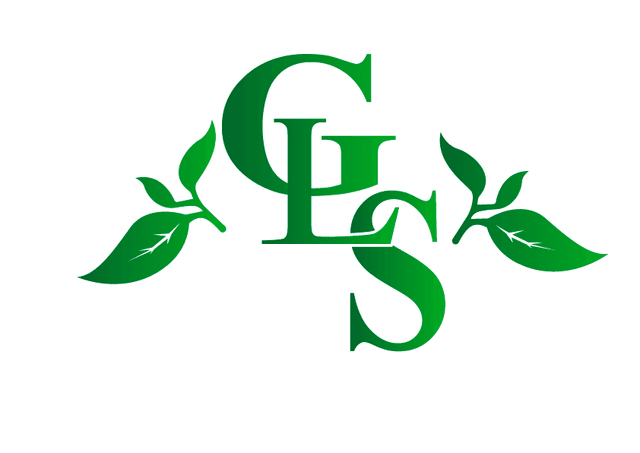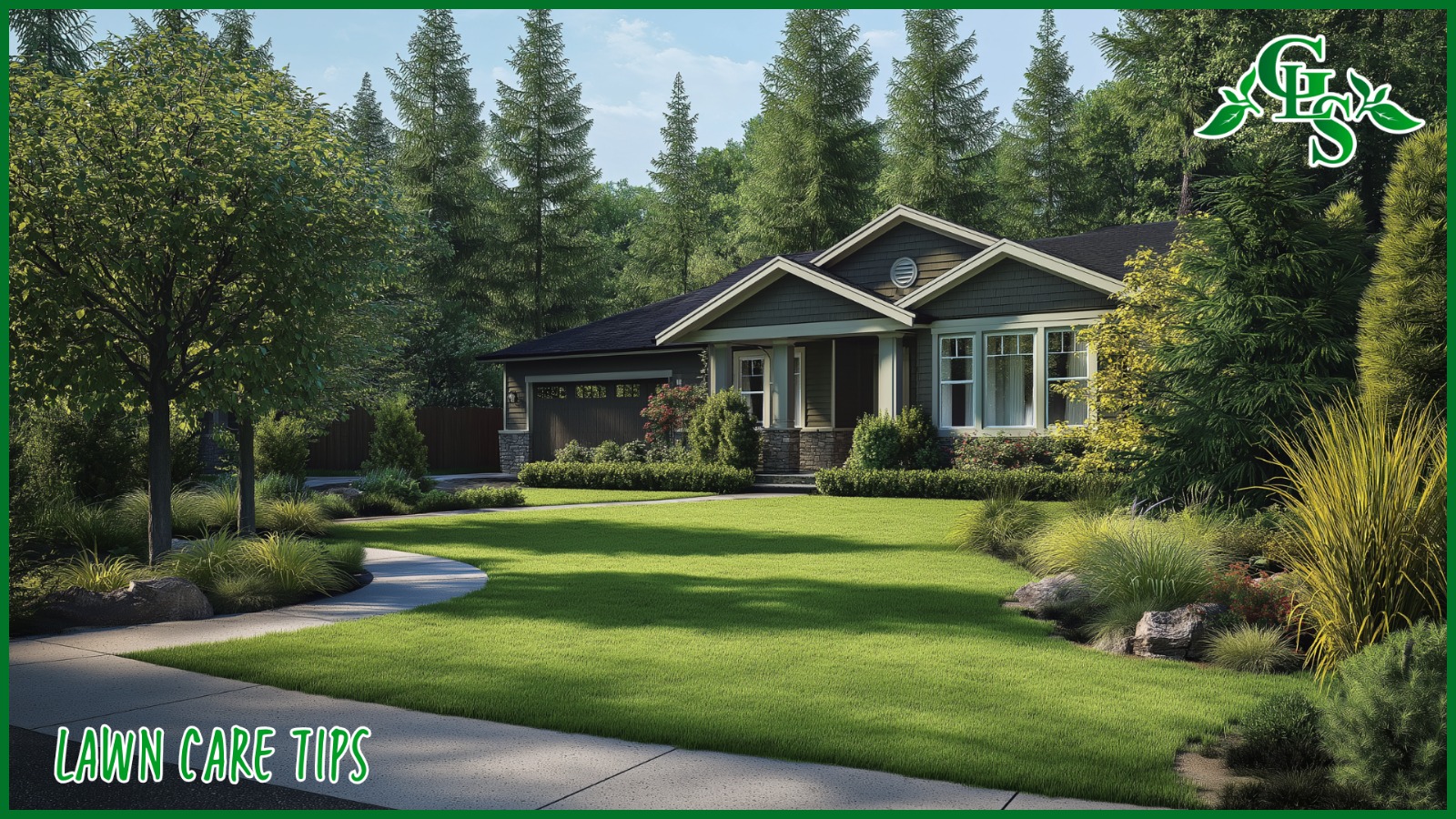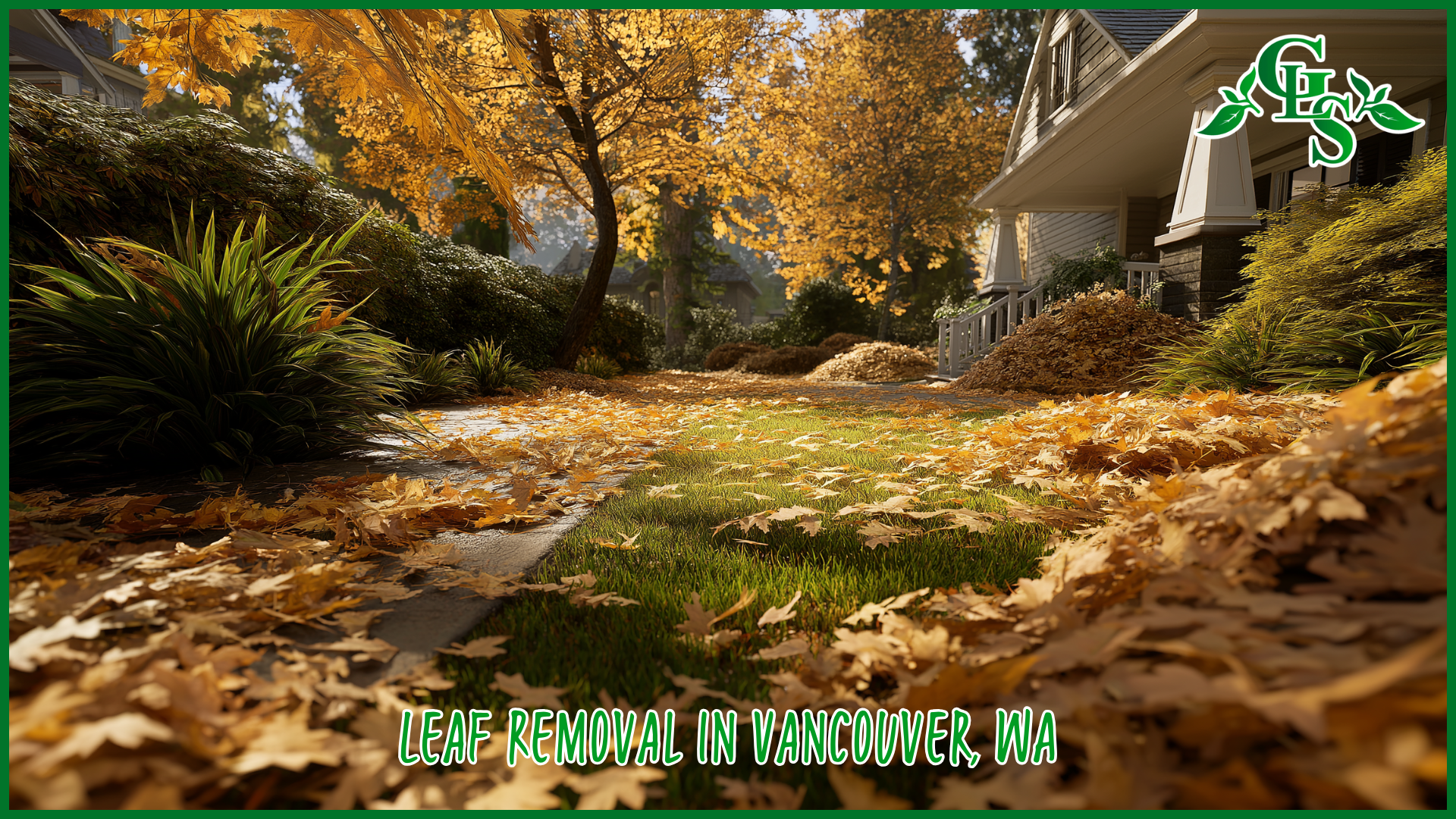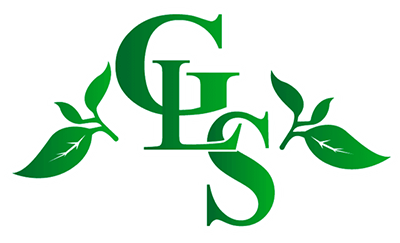Dethatching: Essential Lawn Care Maintenance For A Healthy Yard
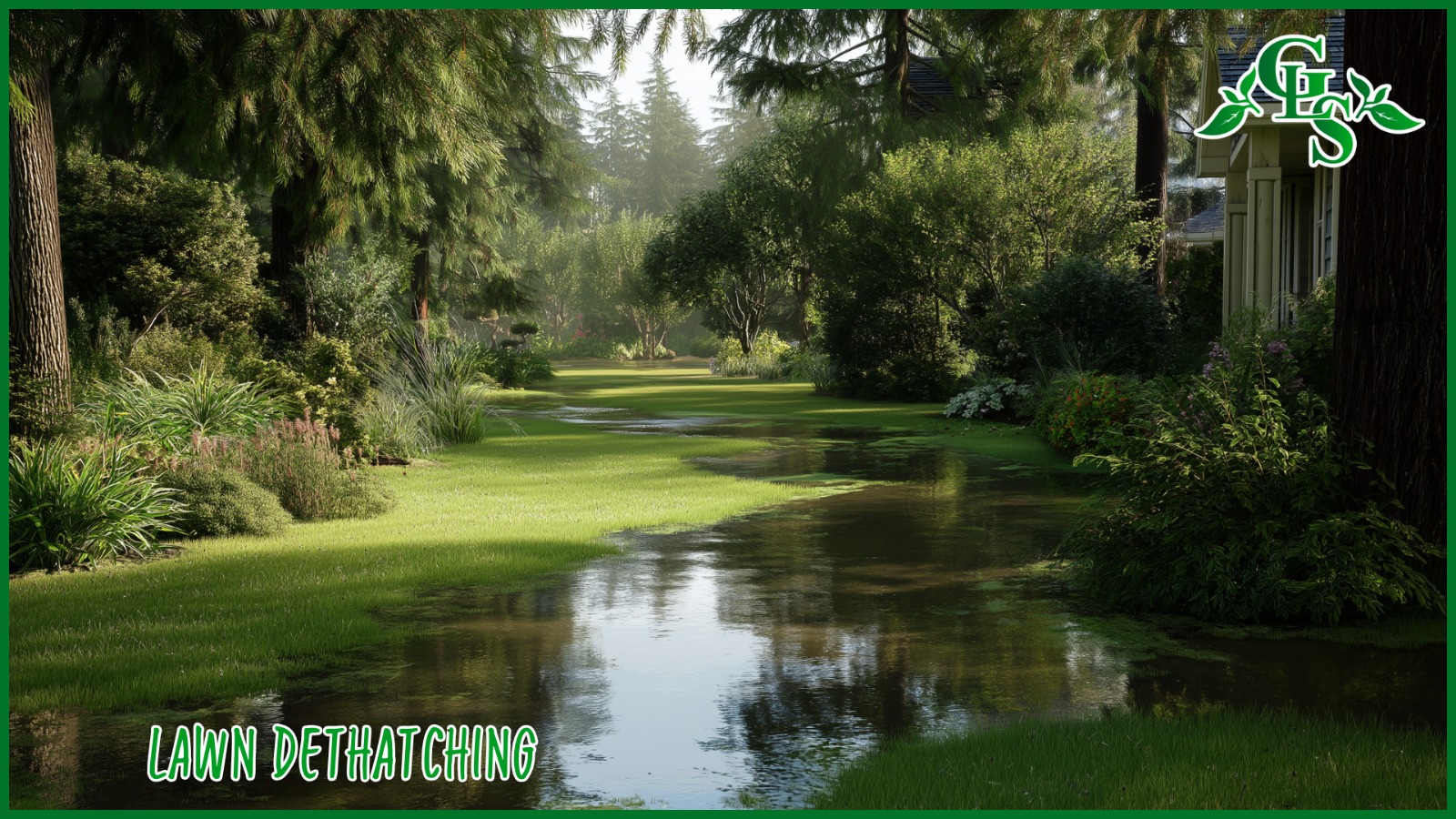
Thatch is a layer of dead grass, roots, and organic debris that forms between your soil and healthy turf. When thatch becomes too thick, essential air, water, and nutrients are blocked from reaching the roots. As a result, your lawn weakens, struggles to grow, and becomes more vulnerable to pests and disease. Garcia Landscaping Services focuses on removing excess thatch to restore balance and keep lawns thriving throughout the year. This process supports stronger root systems and promotes a vibrant, uniform appearance across your entire yard.
Understanding Dethatching
Dethatching involves physically removing the thick thatch layer to improve soil access and restore healthy growth conditions. The process loosens compacted organic matter and clears the way for water, oxygen, and nutrients to reach the root zone effectively. By breaking through the layer of buildup, dethatching improves soil performance and boosts the overall resilience of the turf. It’s an essential part of regular lawn maintenance that supports stronger root development and a lusher surface.
Signs Your Lawn Requires Dethatching
You might notice your lawn feels spongy underfoot, which often indicates a thick buildup of thatch. Another sign is water that pools on the surface after rainfall or irrigation, suggesting that the thatch prevents proper drainage. If pushing a screwdriver into the soil becomes difficult, thatch may block access to deeper layers. These symptoms often signal that your lawn struggles to receive the air and nutrients it needs for strong growth. Identifying these signs early allows you to take action before serious damage occurs.
Optimal Timing for Dethatching
Cool-season grasses respond best to dethatching in early spring or early fall when they grow most actively. Warm-season varieties typically benefit from dethatching in late spring or early summer as they recover faster in warmer soil. The best time to dethatch also depends on recent weather, soil moisture levels, and the current condition of the turf. Proper timing gives grass a better chance to heal and fill in quickly after removal.
Tools for Effective Dethatching
Manual dethatching rakes work well for smaller lawns and lighter layers of thatch, relying on stiff tines to pull out debris. Power dethatchers make the process quicker and more efficient for larger areas or thicker thatch by using rotating blades or vertical cutters. Protective gloves, sturdy footwear, and eye gear help ensure safe operation, especially when using powered equipment. Choosing the right tool for your lawn’s size and condition makes a noticeable difference in results.
How to Dethatch Your Lawn
Begin by mowing the grass lower than usual, which makes it easier for tools to reach the thatch layer. Move the dethatching tool across the lawn in overlapping paths to avoid missed spots. Once dethatching is complete, gather the loose debris using a rake or lawn vacuum and remove it entirely from the area. Finish by lightly watering the yard to support root recovery and help settle the soil. This routine improves soil contact and sets the stage for renewed growth.
Post-Dethatching Care for Renewal
After dethatching, your lawn needs extra care to recover and grow stronger. Watering helps restore hydration and encourages new root development. Applying a quality fertilizer replenishes nutrients and promotes healthy green blades. If some patches appear thin or bare, reseeding can quickly fill in those areas and create a fuller appearance. The right follow-up care ensures the lawn bounces back quickly and stays lush over time.
Risks of Excessive Dethatching
Removing too much thatch at once can tear out healthy grass and expose roots to sun damage. Over-dethatching adds unnecessary stress that weakens turf and delays recovery. Repeating the process too frequently wastes time and leads to diminished lawn health. By working with experienced professionals or following seasonal guidelines, you can avoid these mistakes and support lasting results.
Alternatives to Full Dethatching
Aeration opens compacted soil and helps reduce thatch naturally by increasing microbial activity. Topdressing with a thin layer of compost or sand improves lawn texture and breaks down organic material over time. Certain microbial treatments also target and decompose thatch layers, reducing buildup without aggressive removal. These approaches offer flexible solutions depending on lawn type and condition.
When to Call Garcia Landscaping Services
If thatch measures more than half an inch thick or lawn health begins to decline, it’s time to consider professional help. Garcia Landscaping Services brings years of experience, professional tools, and knowledge to complete the job quickly and effectively. Our team handles everything from preparation to aftercare, allowing your lawn to recover faster and perform better in the long term. We understand how to remove just the right amount to restore balance without disrupting healthy growth.
Choosing a Professional Service
Reliable dethatching services begin with properly assessing your lawn’s current state. Before starting the job, we evaluate grass type, thatch depth, and seasonal conditions. Our team uses proven methods and follows up with watering, fertilizing, and maintenance guidance. Clients receive clear estimates and results that reflect professional care and attention to detail.
Key Takeaways for a Strong Turf
Dethatching restores airflow, moisture access, and nutrient absorption by removing the thick barrier that builds up between grass and soil. Spotting signs early helps prevent damage, while timing and proper tools ensure effective results. Post-dethatching care supports a fast recovery and leads to a more vibrant lawn. If traditional dethatching isn’t needed, alternatives like aeration or topdressing can still keep your yard healthy.
Ready for a Stronger, Healthier Lawn?
Garcia Landscaping Services delivers expert dethatching backed by proven techniques and local lawn care experience. Our crew helps homeowners protect their investment and boost yard performance season after season. Call today to schedule a consultation and see how proper dethatching can improve your lawn’s health and appearance.
